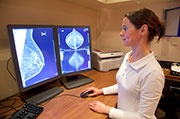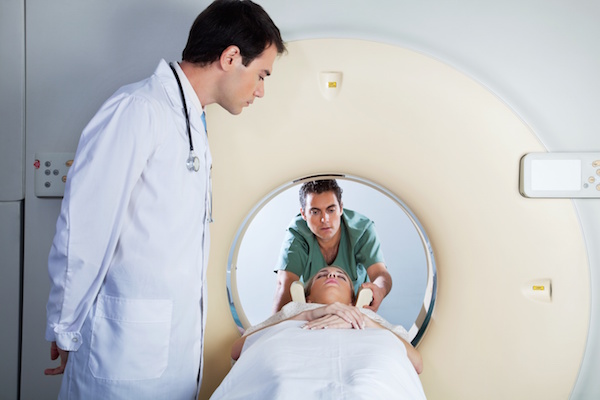
WEDNESDAY, Sept. 18 (HealthDay News) — In women with early breast cancer, three weeks of high-dose radiation is as effective as the current standard — five weeks of lower-dose treatment, British researchers say.
A short course of radiation given in larger doses — an approach called hypofractionated radiation — is safe and effective and causes less damage to healthy surrounding tissue, according to the 10-year results of two British trials. The short course is also more convenient and less expensive.
“For most indications, a three-week course of postoperative radiotherapy can be recommended as standard of care for women with early breast cancer following breast conservation surgery or mastectomy,” said study researcher Dr. John Yarnold, a professor of clinical oncology at the Institute of Cancer Research in London.
“Three weeks of treatment is gentler on the healthy tissues without loss of anti-cancer effect, so it represents an improvement for women with early breast cancer,” he added.
The report, published Sept. 19 in The Lancet Oncology, may not change current practice immediately, however, said Dr. Stephanie Bernik, chief of surgical oncology at Lenox Hill Hospital in New York City.
The short course is “a great alternative and may eventually replace long-term radiation,” Bernik said. But she thinks studies conducted in the United States are needed to convince U.S. oncologists of the benefits.
“They want a little experience with it before they start doing it automatically,” she added. “But you will probably see it more and more.”
Already, some places in the United States use the three-week course, she said, adding, “we have been waiting for the results of a long-term study.”
In this case, between 1999 and 2002, researchers conducted two trials — U.K. Standardization of Breast Radiotherapy, known as START A and B. The trials tested different radiation doses and timing schedules among 4,451 women treated at 35 centers across the United Kingdom.
START A compared the international standard — a total of 50 Gy given in 25 small doses over five weeks — with two other schedules: 41.6 Gy and 39 Gy, each given in 13 treatments over five weeks.
START B compared the international standard with 40 Gy given in 15 doses of 2.67 Gy over three weeks.
Over 10 years of follow-up, the results of START A were similar regardless of the dose of radiation. In all three cases, the cancer relapse rate was about the same, ranging from 6.3 percent to 8.8 percent. Damage to surrounding tissue was also similar regardless of the dose of radiation, the researchers noted.
In START B, similar results were also seen after 10 years, with relapses ranging from 5.5 percent to 4.3 percent. Damage to surrounding tissue, however, was significantly less than in START A, the researchers found.
The outcomes of the two trials were independent of age, tumor grade, stage, chemotherapy use, or use of tumor bed boost — additional radiation therapy, the study authors pointed out.
More information
For more information on breast cancer, visit the American Cancer Society.
Copyright © 2026 HealthDay. All rights reserved.

